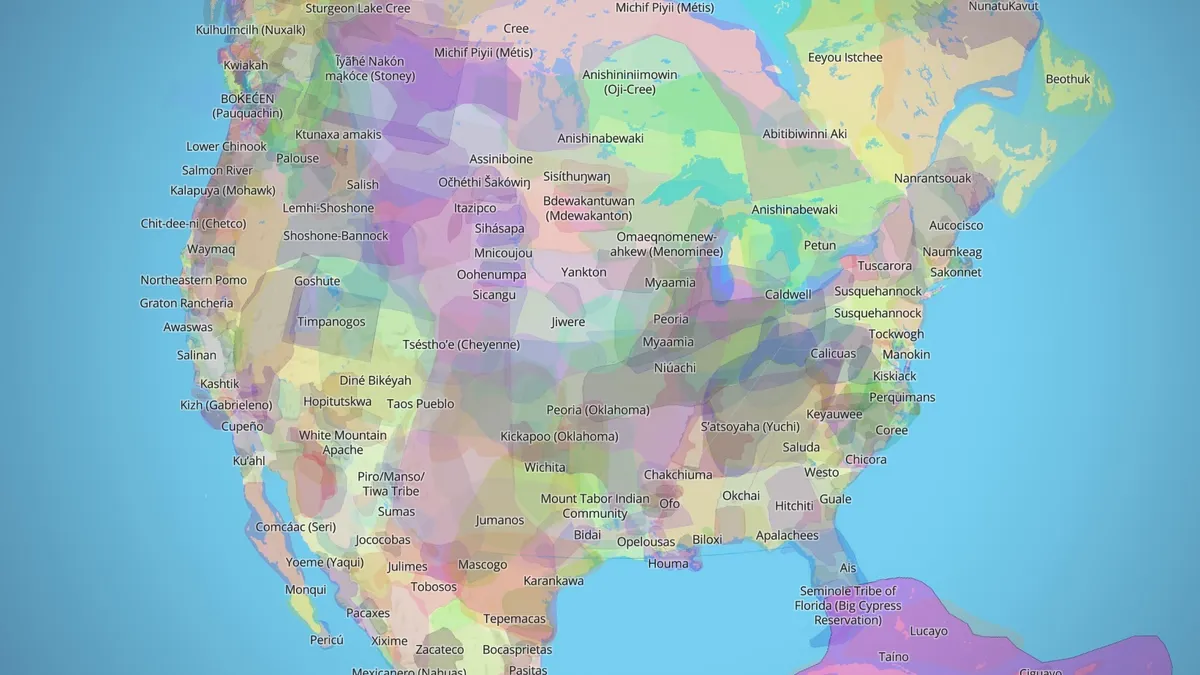Americans have celebrated National Native American Heritage Month in some form since the 1900s, made official in 1990. George H.W. Bush signed a joint resolution, introduced by former Hawaii Sen. Daniel Inouye, D-Hawaii, and American Samoa congressional delegate Eni Faleomavaega. It acknowledged a few key facts:
- Native Americans were the original inhabitants of the U.S.
- They “have made an essential and unique contribution” to the U.S.
- The population’s existence aided early European settlers and benefited the entire world in terms of agriculture.
But as some genocide and holocaust historians estimate, the 10 million Native Americans that lived on the land when European settlers came dwindled to 300,000 people by 1900.
The traumas experienced by this population are something many carry with them today — including into their work life. How can recruiters and CHROs address and remedy this?
Top-down mandates from the EEOC, raising awareness
For one, non-reservation employers can make an effort to hire more indigenous workers.
“From the various outreach and training efforts that our [U.S. Equal Employment Opportunity Commission] staff members have conducted each year, as well as the cases that have been filed, we have learned that the failure on the part of employers to hire Native Americans is quite common,” Cheryl Mabry, director of the EEOC’s state, local and tribal Programs, told HR Dive via email.
In its 2024-2028 strategic enforcement plan, EEOC named Native Americans and Alaska Natives, among other vulnerable groups, as a priority. Mabry also highlighted this as a way of remedying some of the disenfranchisement that Native people face in the workforce.
“We at the EEOC understand that Native Americans/Alaska Natives have historically been underserved. There are many tribal members who live, work or would like to work on tribal lands. There are also many tribal members who live, work or would like to work in areas that are not on tribal lands,” Mabry said via email. “It is our job to enforce the federal antidiscrimination laws where we have jurisdiction and work with [Tribal Employment Rights Offices] and tribes in general where they have jurisdiction, to help make sure that tribal members are not subjected to unlawful employment discrimination.”
Preventing discrimination across the board — including on tribal lands
Since 1976, the EEOC has also collaborated with TEROs. One of Mabry’s responsibilities in her role is to ensure local fair employment agencies and TEROs receive EEOC support.
This includes providing employment discrimination training to employers on reservations and tribal lands, so that they are “equipped with the knowledge and expertise to recognize, investigate and resolve employment discrimination matters in their jurisdictions.”
For this year’s NNAHM, the EEOC released a series of public service announcements reminding Native American workers of their rights in the workplace. The ads feature Teresa Ray Bumatay, director of the Lummi Nation’s TERO, and Melvin J. Wheeler Sr., director of the Nez Perce’s TERO.
Similar to the ads, Mabry brought up a few common ways she has observed discrimination against Native Americans — “unlawful harassment that includes offensive name-calling, is common,” she said.
But more than that, Mabry said, all kinds of issues impact Native American talent.
“If they actually get the job, additional issues could include employers failing to provide training, giving tribal members the less desirable assignments or work hours, failing to promote, disproportionately disciplining and/or discharging Native Americans compared to other employees and failing to provide religious or disability related accommodations,” Mabry said, adding that this is not an exhaustive list.
The main takeaway Mabry wanted to leave HR with is that anti-discrimination laws apply across the board.
“These employment protections extend to our Native American/Alaska Native friends, neighbors, partners, and communities. At the EEOC, we are grateful for and honored to work alongside the many sovereign Tribal Nations around the country to help ensure equal employment opportunity for all,” she said.
Editor’s Note: This article uses the term "Native American" to refer to individuals with tribal affiliations within the contiguous U.S. in accordance with the AP Stylebook. HR Dive recognizes, however, that some tribal citizens prefer the term "American Indian."













